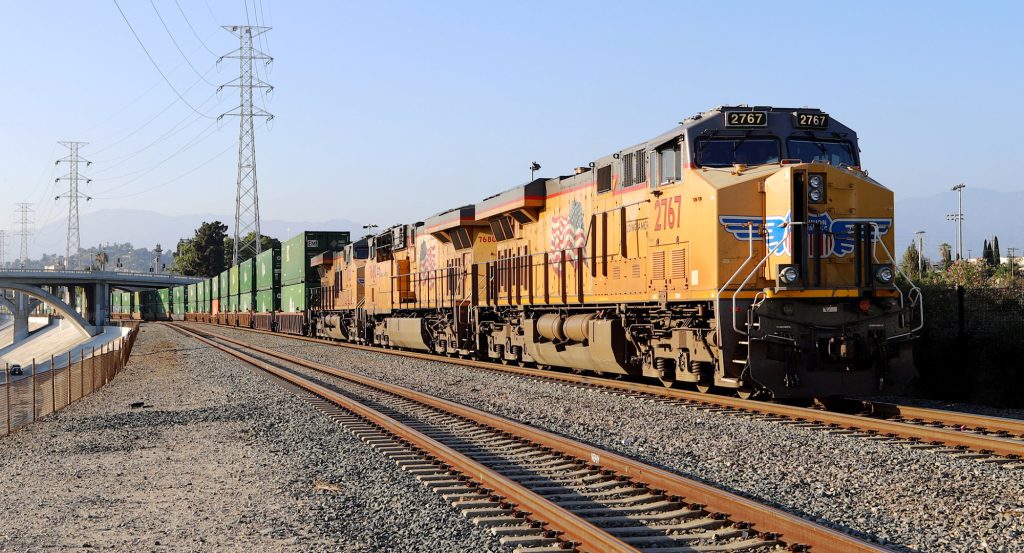U.S. rail operators, Union Pacific and Norfolk Southern, have agreed to an $85 billion merger that would create the first transcontinental railroad in the U.S., aiming to close the deal by early 2027. The merged company will retain the Union Pacific name and will link Union Pacific’s Western network with Norfolk Southern’s Eastern routes.
According to a joint press release, both railroads say the new network will deliver faster, more comprehensive freight service to U.S. shippers by eliminating interchange delays, opening new routes, expanding intermodal services, and reducing distance and transit time on key rail corridors. The merged union will shift freight to rail and decrease highway congestion as well as reducing wear-and-tear on taxpayer-funded roads.
The deal includes a $2.5 billion reverse termination fee and still requires multiple approvals—from antitrust regulators and the Surface Transportation Board.
Some rail customers have expressed concern over rising costs and inconsistent service. A report by FreightWaves cited the American Chemistry Council, which warned that further consolidation in the industry could worsen these issues by reducing competition and accountability. “The four largest freight railroads already control more than 90% of U.S. rail traffic, with two dominating in the eastern U.S. and two dominating in the west,” the council said, adding, “Many rail customers are currently dealing with high rates and unreliable service. Further consolidation within the rail industry is likely to make these problems worse.”
According to the Bureau of Transportation Statistics, freight rail moves about 30% of the nation’s goods by weight. This includes vehicles, energy, retail goods, and industrial materials.
Source: FreightWaves

